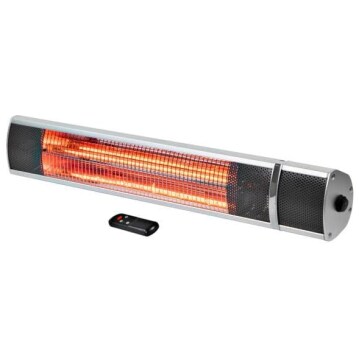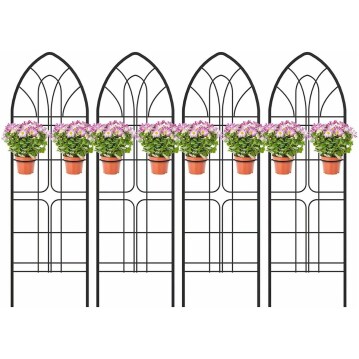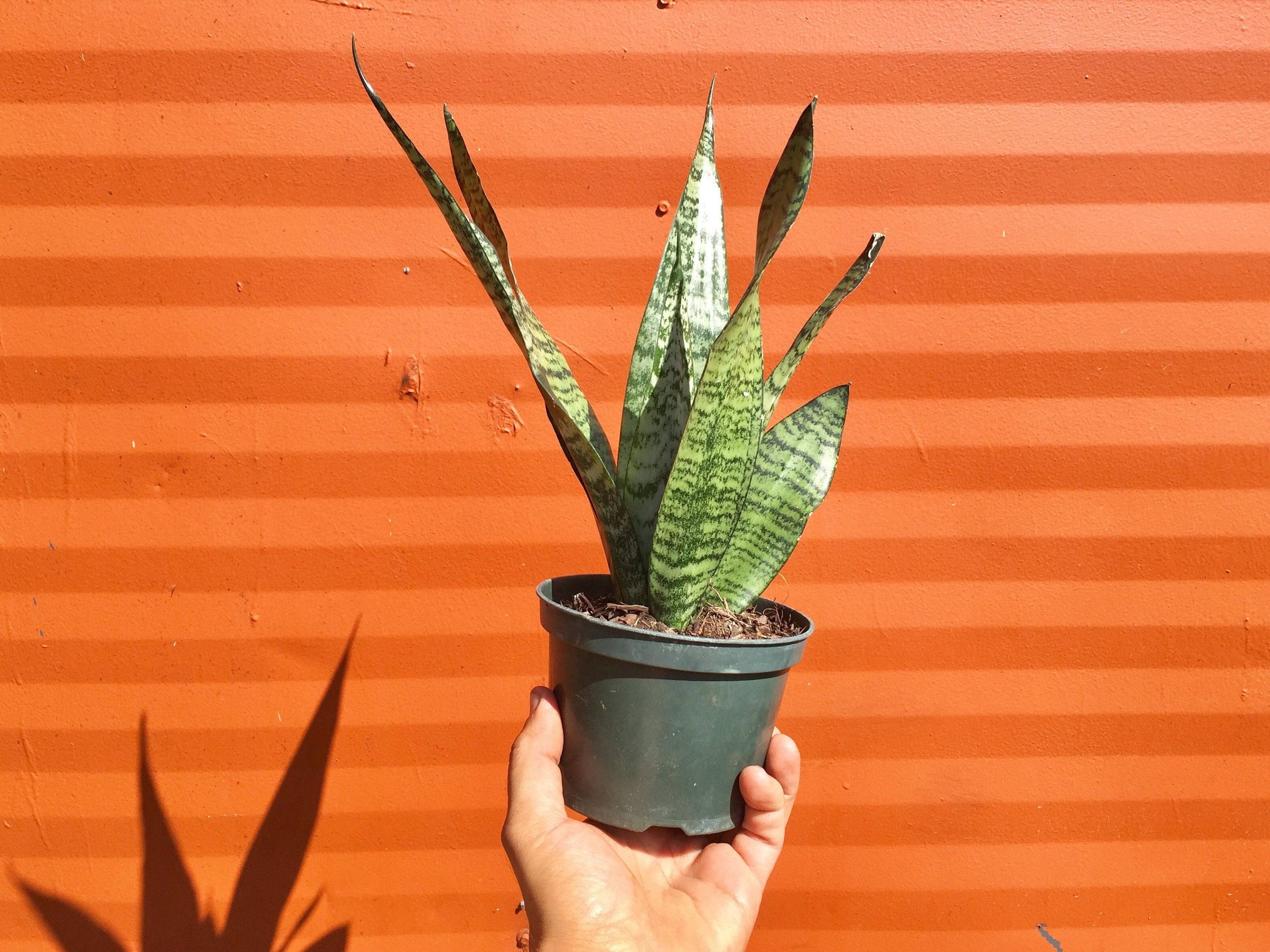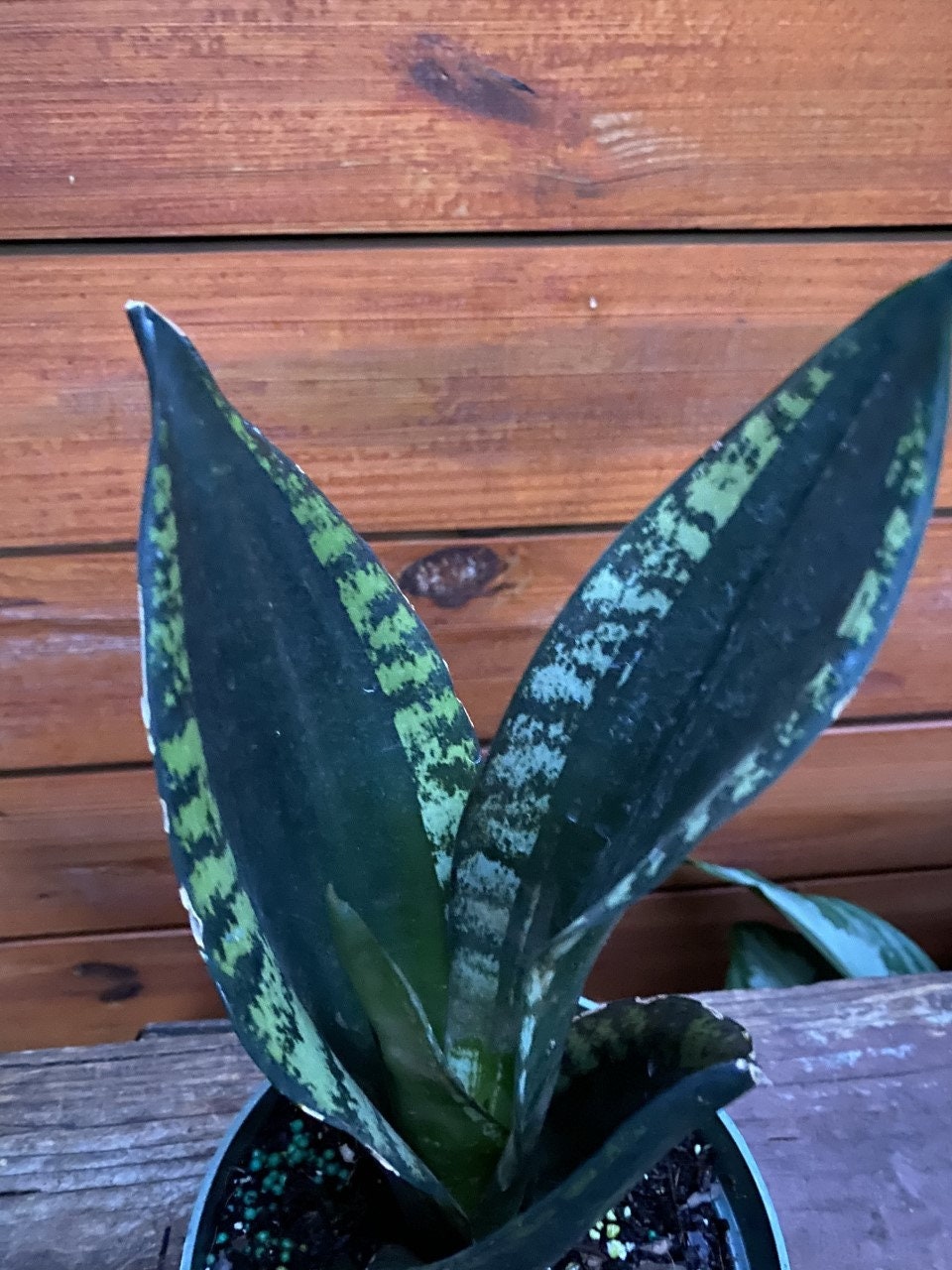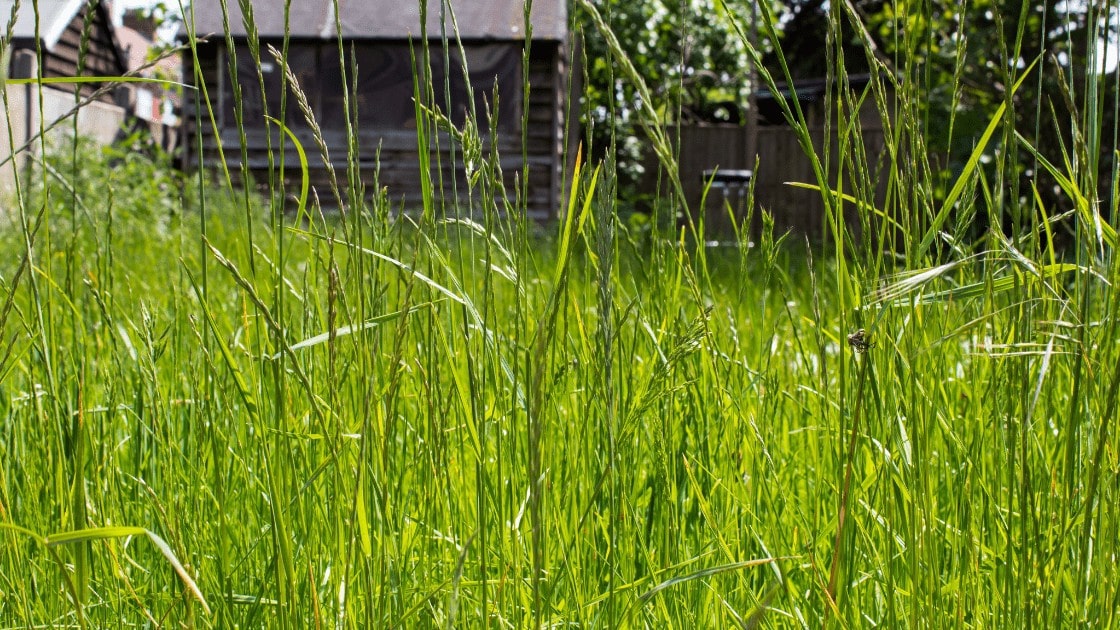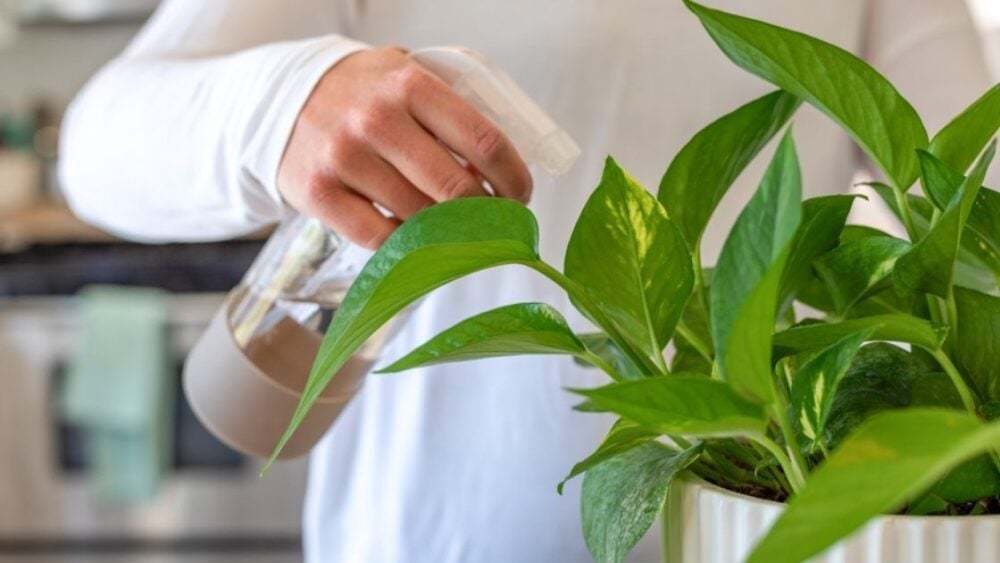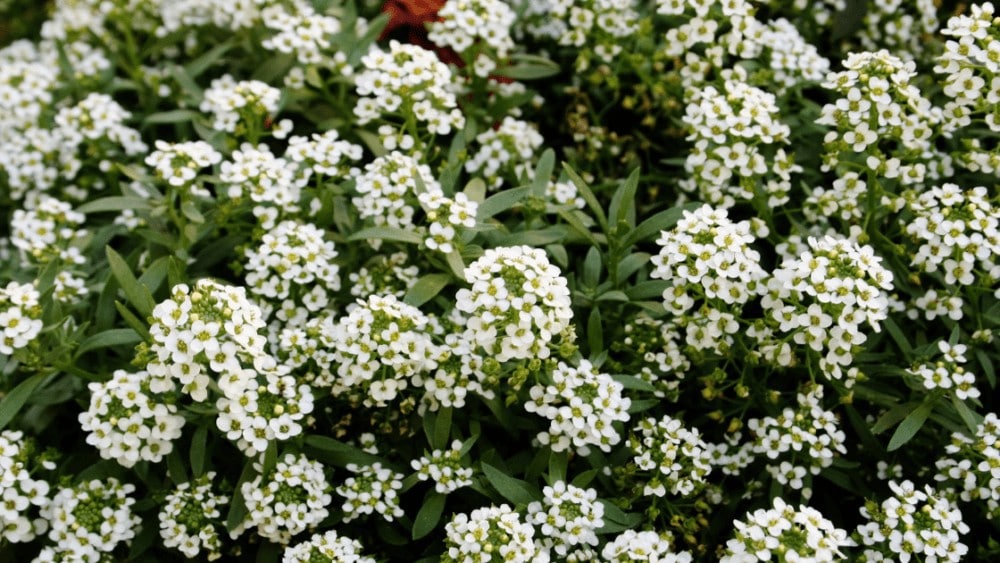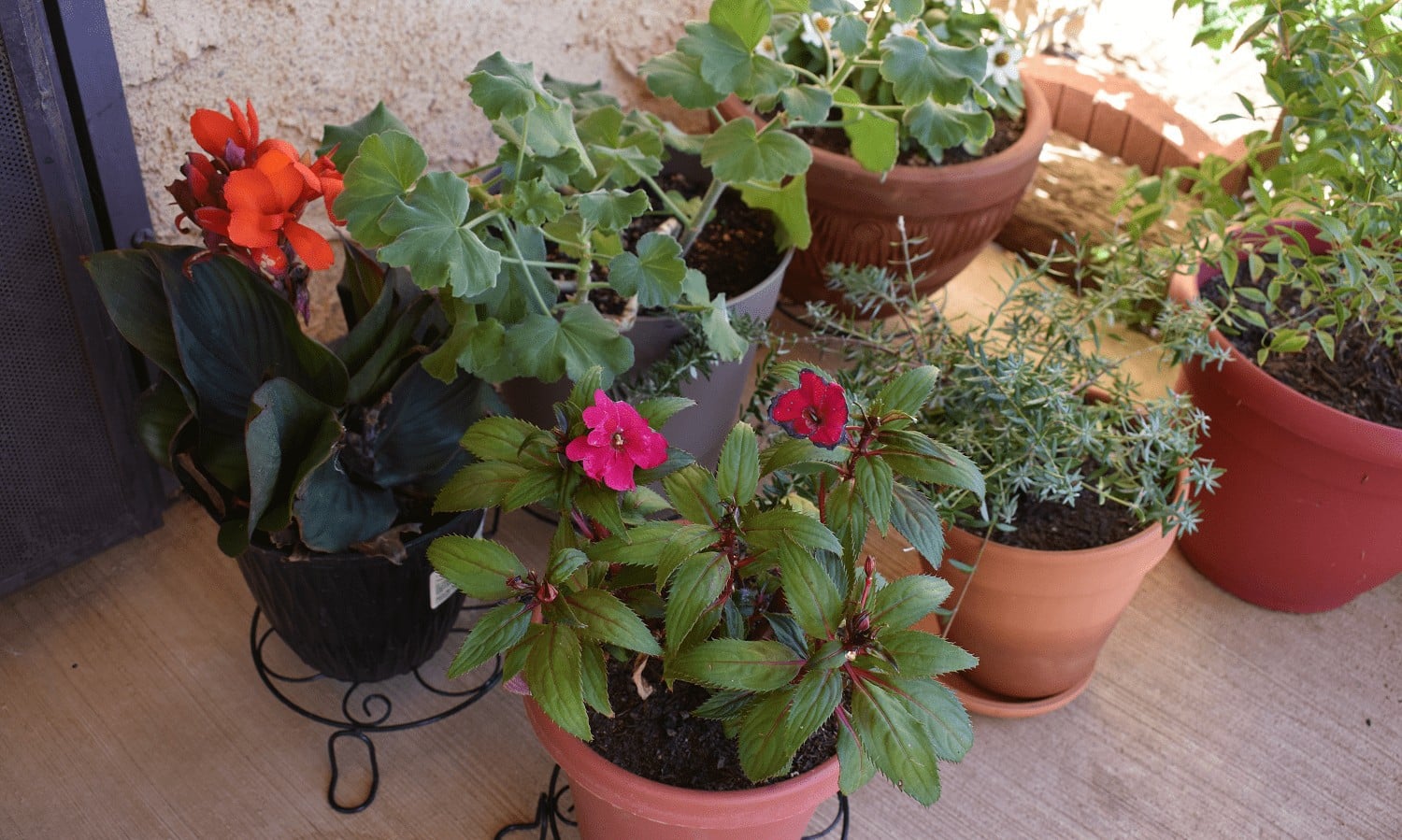
Dracaena trifasciata is a gorgeous evergreen houseplant with sword-like leaves and yellow and green variegation. Snake Plant gets its name from the way its body coils around itself. African snake plants, also called Mother-in-law’s Tongue, originate in the tropics of Africa. Sansevieria trifasciata was its botanical name before 2017, but later studies led to reassignment to the genus Dracaena. There are many varieties of Snake Plant cultivated for their leaves with unique marbling. Different plants have sword-shaped leaves that are dark green with white stripes.
Dracaena trifasciata requires very little care when grown at home. Snake plants are so hardy they thrive almost even in neglect. However, it is still necessary to take some care, so your snake plant grows healthy. This article will discuss how to care for Dracaena trifasciata at home. You’ll also find helpful information on resolving growing issues with this succulent.
Is Dracaena Trifasciata Easy to Care for?
The snake plant would undoubtedly be a winner if a prize for the most tolerant plant were available. Dracaena trifasciata is a durable plant that grows quickly and is rather difficult to kill. The snake plant can survive almost anywhere in the house, as long as it is not overwatered.
Browse our Affiliate Products
The snake plant should be grown in bright light or partial shade in order to maintain its health. The soil should be loose and well-draining for this houseplant to thrive. Snake plants only need water when the soil is dry. The ideal temperature range for this Dracaena species is from 70°F to 90°F (21°C – 32°C).
Do They Make Good House Plants?
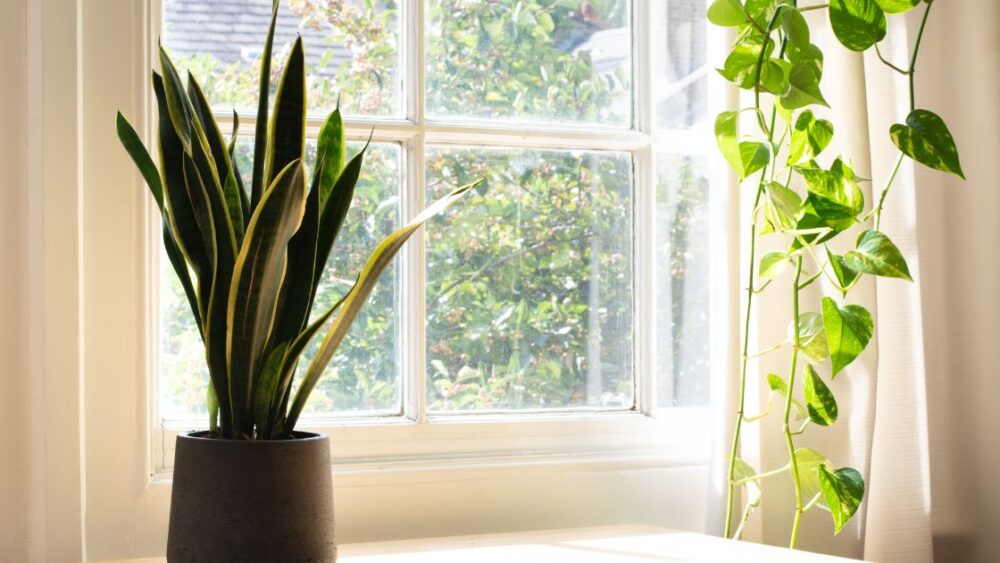
In addition to being visually appealing, snake plants are also useful. There is little to no maintenance required for them to grow indoors or outdoors.
Moreover, they can survive droughts and low light levels and have few insect problems. A NASA study found that snake plants are natural air purifiers and can even help eliminate formaldehyde and benzene from your home’s air. In short, these plants make excellent houseplants.
For other plants that are similar, check out this articles:
- Dieffenbachia (Dumb Cane): Care and Common Problems
- Is peperomia a good indoor plant? (Plus Care Guide)
- Also check out out planters and pots affiliate category here: Planters and Pots
Dracaena Trifasciata Care
The Dracaena trifasciata is a relatively easy houseplant to grow. Several care factors, however, need to be considered. For instance, the mother-in-law’s tongue must be planted in loose soil, appropriately watered, and received adequate light.
Common Names:
There are several names for Dracaena trifasciata, including snake plant, Saint George’s sword, mother-in-law’s tongue, viper’s bowstring hemp, golden bird’s nest, and good luck plant.
Scientific name:
The snake plant is scientifically known as Dracaena trifasciata.
Growth Cycle:
The leaves of these plants grow upright and stiff and form clusters or rosettes. They have alternating transverse bands of shades of green with lengths up to 4 feet and widths ranging from 2 to 4 inches.
The growth rate of snake plants is known to be slow. Typically, snake plants live for five to ten years, but they can live up to 25 years. The best times for them to grow are spring and summer, so you’ll notice more growth during these times.
Sun:
Ideally, Dracaena trifasciata prefers indirect sunlight but will also grow in some sunlight each day. However, snake plants tolerate partial to full shade well and need low lighting. Brighter conditions may be better for variegated Dracaena species.
Keeping Dracaena trifasciata (snake plant) out of direct sunlight is crucial when growing it indoors. Leaves can become scorched by intense sunlight streaming through a window.
Snake plants are ideal in rooms, offices, or areas with constant shade. In the dim light, however, it may grow more slowly, and its stiff leaves may appear dull. Check out amazon.com lux meter here: Light Meter Digital Illuminance Meter Handheld Ambient Temperature Measurer with Range up to 200,000 Lux Luxmeter with 4 Digit Color LCD Screen.
Watering:
Dracaena trifasciata plants need water when their potting mix becomes dry. Summer weather may require you to water a snake plant once a week. Conversely, in the winter, you should only water your plants once per month. Avoiding soggy soil is a critical care factor.
During the spring and summer, Dracaena trifasciata needs to be watered, drenched in water and allowed to drip as much water as possible. Once the soil has dried, water the snake plant again.
For more information on watering indoor/outdoor plants, check out this article:
- Do self-watering pots cause root rot and other issues?
- Is My Tap Water Killing My Plants?
- How Often Should I Water my Indoor Plants/Outdoor Potted Plants?
Adult Size:
Plants can reach heights of more than 2 meters (6 feet) in optimal conditions, having dark green leaves with lighter grey-green cross-banding. In general, leaves range between 70 and 90 centimeters (2.3 to 3.0 feet) long and 5 to 6 centimeters (2.0 to 2.4 inches) wide.
Planting Zones:
Snake plants are native to southern Africa and can thrive in similar conditions in the south of the United States. Therefore, USDA zones eight and warmer are ideal for growing them outside part of the year. In other climates, snake plants are grown most of the year indoors and then moved outdoors in summer.
Weather Hardiness:
Plants of this genus live in temperate climates, and their winter hardiness ranges from USDA zones 9 to 11. In cold weather, Dracaena trifasciata plants dislike being outside.
Dracaena trifasciata grows best at room temperature. Optimal temperatures are 70°F – 90°F (21°C – 32°C). Growth is slow below 55°F (12°C) but can resume when the temperature reaches 70°F – 90°F.
However, droopy Dracaena trifasciata leaves can result from cold or heat stress.
Propagation:
Plant propagation is easy with Dracaena trifasciata. New plants can be grown by dividing tuberous roots or taking leaf cuttings.
Propagate through rhizome division
You can propagate snake plants by root division by removing them from their pots. Get rid of dirt from the roots. Divide the plant’s sections if you can. Make two sections of the tuberous roots using sharp, sterile tools. Prepare the potting soil for planting the Dracaena.
For more information on rhizomes, check out this article.
Propagate through cuttings
Cuttings of healthy leaves can be used to propagate Dracaena trifasciata. Let the leaf dry after it has been cut. The leaf cutting should be planted in moist potting soil or vermiculite once the ‘wound’ has formed a callus. Developing roots should not take more than a few weeks for the leaf.
Toxicity:
As a natural insecticide and fungicide, the plant contains saponins. Animals and humans may experience vomiting or diarrhea when ingesting these saponins, which are toxic to living beings. Additionally, the plant juices can cause dermatitis, irritation or rash on the skin.
Dormancy:
Snake plants tend to go dormant over winter when the light intensity is lower, the days are shorter, and the temperature is cooler. An individual snake plant leaf can stop growing if its leaf tips are damaged.
Spring is usually the time when Snake plants start growing due to more light hours.
Soil:
Due to their proneness to rot, snake plants require a well-draining soil mix. Make sure that Dracaena trifasciata’s soil is porous, aerated, and well drained. Mixing two parts of regular potting soil with one part of perlite should be used. Succulent-like plants benefit from this soil type since it can drain excess water and provide nutrients.
Bloom:
There is no doubt that the snake plant or mother-in-law’s tongue is one of the flowering plants. However, the event is so rare that most snake plant owners won’t have the opportunity to enjoy its delicate white flowers. There are also some varieties that never bloom.
Fertilization:
The snake plant thrives in poor, rocky soil, so don’t overfertilize it. Feeding your snake plant, the Pennington UltraGreen All Purpose Plant Food 10-10-10 every spring will receive all the essential nutrients it needs for its growth. After that, it continues gentle feeding for a period of four months.
Also check out this plant food @ tractorsupplty.com
Dracaena Trifasciata Common Problems
Despite its hardiness, Dracaena Trifasciata often faces pest problems, including rot and insects.
- Root rot occurs when roots are overwatered. Overwatering can also cause fungi to wilt and kill your plants.
- Dracaena Trifasciata can also be damaged by cold, causing scarring on the leaves and even death.
- Moreover, there is a high risk of mealybugs and spider mites infesting snake plants. Sucking the sap from the plant causes the leaves to shed, discolor, and weaken the plant’s health.
What to do if Your Snake Plant is Dying?
To keep snake plants alive, you must mimic the conditions of their native range by watering them intermittently, supplying indirect light, and maintaining a warm temperature throughout the year to prevent the plant from being stressed by the cold.
Conclusion
The snake plant is the perfect low-stress greenery for revitalizing your home. You can fill your space with fresh, healthy air and beauty when you follow above mentioned easy care tips.

